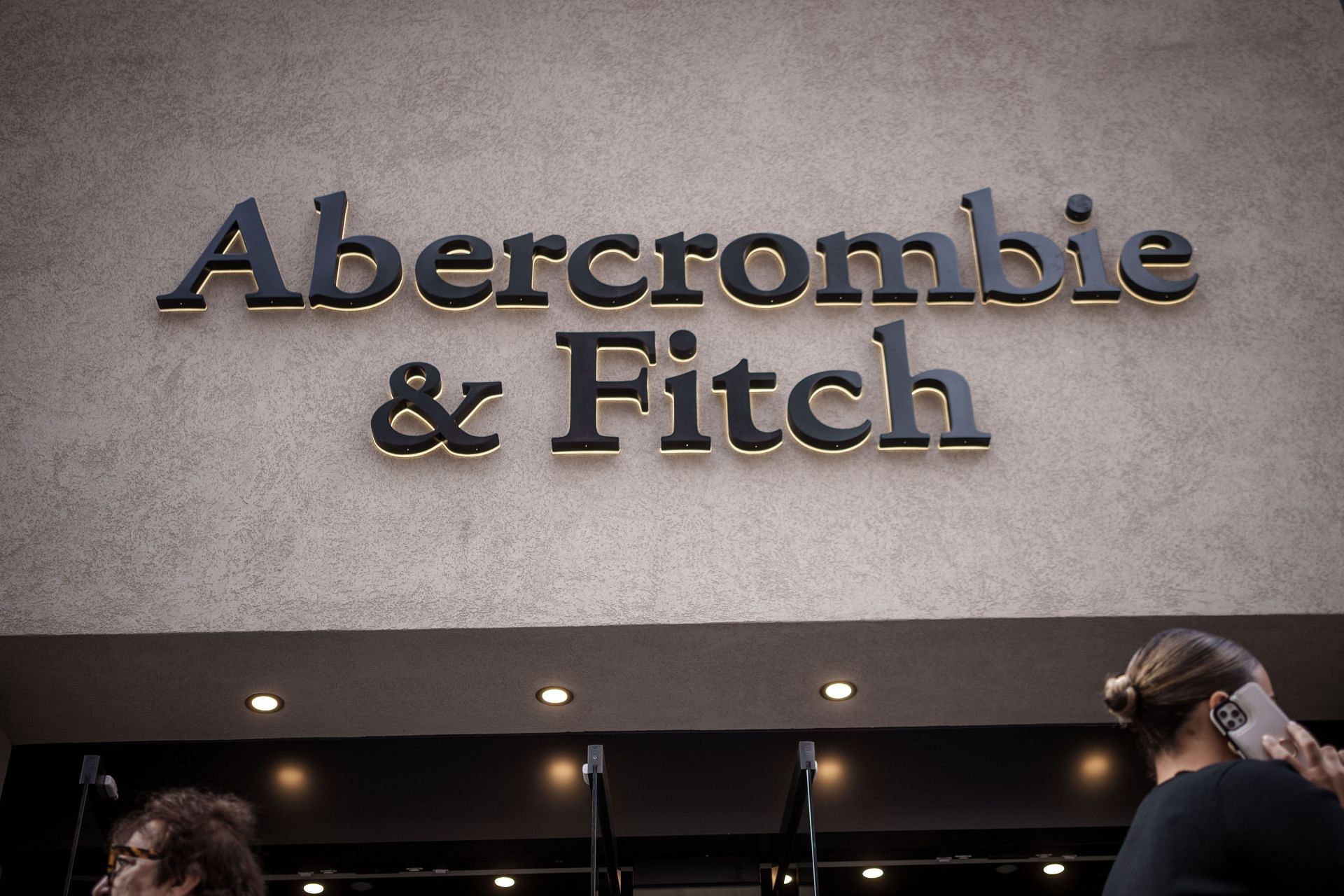
Did Abercrombie & Fitch go out of business? Retail brand's ups and downs explored amid former CEO Mike Jeffries allegations
On Tuesday, October 22, Mike Jeffries - the former CEO of Abercrombie & Fitch - was arrested on charges of s*x trafficking and interstate prostitution.
According to NBC News, Jeffries was arrested from West Palm Beach in Florida, alongside two of his associates—James Jacobson and Matthew Smith.
Having made his initial court appearance on Tuesday, Jeffries was released after paying a $10 million bond, with home detention and GPS monitoring ordered by Bruce E. Reinhart, the Magistrate Judge. The former CEO also had to surrender his passport, and he is not to travel without approval until his trial concludes.
While Abercrombie & Fitch witnessed several highs and lows under Mike Jeffries' leadership, it never went out of business. Here's a look at the ups and downs of the retail brand over the years.
Mike Jeffries was hired as the CEO of Abercrombie & Fitch in 1992
Abercrombie & Fitch was founded by David T. Abercrombie in 1892 as "Abercrombie Co." - as an outdoor gear brand. Further, Ezra Fitch joined the business in 1904, giving the brand its current name.
While Abercrombie & Fitch survived through the Great Depression, its sales started to slump around the 1950s, leading to it filing for bankruptcy in 1977. Eleven years later, Limited Brands - later called "L Brands" - acquired the retail brand under its umbrella, alongside Victoria's Secret and Bath & Body Works.
In 1992, Les Wexner, the owner of L Brands, hired Mike Jeffries as the company's CEO. It was under Mike's leadership the brand entered the teen retail market, appealing to American teens specifically.
Bruce Weber - the renowned fashion photographer - was hired to shoot ad campaigns for the retail line, focusing on male models who would often pose shirtless. This became the central component of the image the brand was looking to sell.
Within four years, the brand opened 125 new stores and earned $335 million in sales. In 1998, Abercrombie & Fitch launched its children's brand, and in 2001, it opened Hollister - a subsidiary with a California-inspired influence.
Abercrombie & Fitch was sued for its hiring practices in 2003
A decade after Mike Jeffries joined Abercrombie & Fitch, Asian Americans protested outside its stores as a reaction to the release of its graphic tees that depicted Asian stereotypes. While the t-shirts were pulled from the shelves, the brand's first lawsuit came in 2003.
The class-action lawsuit was filed by several former and prospective employees of the company, calling its hiring practices racist. According to the Netflix documentary White Hot, the corporation valued looks over abilities, mandating that their store staff be attractive.
The retail brand settled the lawsuit in 2004 by paying $40 million, without admitting any wrongdoing. However, a consent decree about changing their hiring practices was signed, along with hiring a chief diversity officer.
In 2012, the retail brand was sued by a former pilot of their executive jet
Almost ten years after the first one, another lawsuit - an age discrimination one this time - was filed against Abercrombie & Fitch.
A former pilot of the company was behind the lawsuit, who claimed the brand had unjustified aircraft standards—all staff needed to wear outfits approved by the brand, answer every request and question with "no problem," and play specific songs for passengers on the return flight.
Much like the last lawsuit, this one was also settled without the admittance of fault. However, the lawsuit led to the resurfacing of a comment made by Jeffries in his 2006 Salon interview.
Claiming that Abercrombie & Fitch made clothes for the "cool kids," Mike had said:
"In every school there are the cool and popular kids, and then there are the not-so-cool kids. Candidly, we go after the cool kids. We go after the attractive all-American kid with a great attitude and a lot of friends. A lot of people don't belong [in our clothes], and they can't belong. Are we exclusionary? Absolutely."
Going viral overnight, Mike's comment led to public boycotts of the brand, resulting in petitions being filed for his apology. However, despite the apology, the company's sales continued to plummet in 2014, with some mall stores shuttered and two subsidiary brands closed.
The same year, Mike Jeffries retired from his role at the company with an exit package worth $27 million. Jeffries' departure presented a moment of reformation to the brand, with large logos and s*xy-heavy images being phased out, and the appearance policies for the sales executives lifted.
Fran Horowitz took over as Abercrombie & Fitch's CEO in 2017
Fran Horowitz joined Abercrombie & Fitch in 2014 as its chief merchandising officer, taking over as its CEO three years later. Under her leadership, the brand closed all of its unprofitable stores and remodeled the profitable ones to reconnect with its target audience. Its design and marketing efforts took over a more mature approach, targeting customers between 18-25 years rather than young teens.
By the end of 2018, the retail brand saw improved sales, with their product assortments taking on a higher-end feel. With sophisticated and on-trend collections, it resonated with modern customers, inviting them with its affordable price point.
Abercrombie & Fitch touched $1 billion in annual digital sales in 2018, setting a new record that remained unbeaten in the company's history.
As Fran Horowitz continues to lead Abercrombie & Fitch, the allegations faced by its former CEO are no longer associated directly with the brand's image.